Dealership Ceramic Coatings: What You’re Really Paying For

Posted November 21, 2025
When someone purchases a new vehicle, the experience is a whirlwind—papers to sign, numbers flying across a desk, excitement building, and anticipation to drive home in that new car. Somewhere in that stack of paperwork, many buyers unknowingly agree to an add-on labeled something like:
- Premium Protection Package
Diamond Ceramic Coating
Appearance Protection System
Nano/Glass/Quartz Coating
Paint Sealant
Five-Year Paint Protection
The names sound impressive—and that’s intentional.
These packages are often marketed as long-term professional ceramic coatings that will protect the paint for years. The price point may range anywhere from $1,000 to $3,500 depending on the dealership and brand.
But here’s where expectations and reality often drift apart.
What’s Actually Being Applied?
Many dealership “ceramic coatings” are not true ceramics at all—they’re often sealants or hybrid products designed for quick application, not long-term protection. Some last only a few months under normal use.
Even when a reputable brand is used, the installation process is rushed:
- Little to no paint preparation
No paint correction to remove swirls, etching, or defects
Minimal cure time
High-volume, low-training labor
The product may be advertised as lasting years, but coatings rely heavily on proper prep and installation—not just the brand name printed on the bottle.
What We’re Seeing on Real Vehicles
Over the last year, multiple vehicles have come through the shop after:
- Accident bodywork
Warranty claims
Trade-in inspections
Routine maintenance washes
Many of these vehicles were only one to two years old and had dealership-installed “ceramic coatings.”
Consistently, there were no hydrophobic properties left.
No water beading. No slickness. No noticeable protection.
In other words—the coating either failed prematurely or was never properly bonded to the surface.
Why This Happens
Real ceramic coatings require:
- Thorough decontamination (iron, clay, tar removal)
Paint correction to level the surface
Controlled temperature and humidity
Proper flash and wipe technique
Adequate curing time
Skipping or rushing any of these steps dramatically shortens the lifespan of the coating.
Dealership environments are focused on efficiency and delivery—not detailing craftsmanship. The priority is speed and margin, not long-term performance.
Is This a Scam?
Not necessarily—most dealerships aren’t intentionally misleading customers. These packages are structured businesses build into financing models. But the disconnect comes from:
- Lack of education about expectations
Limited transparency about product performance
No guidance on maintenance
Buyers often believe they are receiving a premium, long-lasting ceramic coating—when what was applied may behave more like a short-term sealant.
So What Should You Watch For?
If you were sold something labeled:
- Paint Protection
5-Year Sealant
Quartz / Nano / Glass / Diamond Coating
Appearance Protection
Protective Shield
…it’s worth learning what was actually applied and what care is required to maintain it.
What If You Already Purchased One?
If your coating is failing long before the promised lifespan, most of these products are marketed with warranties.
In many cases, you may be eligible to file a warranty claim.
A visual inspection—often paired with a hydrophobic test—can help determine whether the coating is performing as it should.
Final Thoughts
The purpose of this article isn’t to criticize dealerships—it’s to help car owners understand the difference between:
- A marketed protection package
vs.
A properly installed, long-term ceramic coating
Whether professionally installed, dealership installed, or DIY, the key variables remain the same:
✔ Proper surface preparation
✔ Quality product
✔ Correct installation technique
✔ Appropriate curing and maintenance
Education empowers owners to make informed decisions and maintain their vehicles confidently.
Contact Bluffton Ceramic
Contact Me
- Have questions or need more information ?
- Want a free quote? Let me know what services you are interested in.
- We can create a package to fit your needs & budget.

